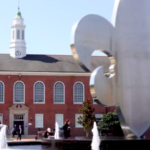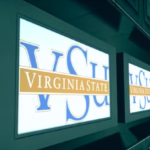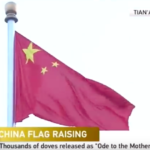STEM Support Doesn’t Compute
Those who most loudly proclaim the need for qualified math and science teachers are literally being challenged on how much they value science, technology, engineering, and mathematics. “Despite the fact that Washington’s Legislature and Governor last session passed a law (House Bill 2621) intending to accelerate the teaching and learning of math and science, the system is hardwired to do the opposite,” the Center for Reinventing Public Education found. “In a new analysis from the University of Washington’s Center on Reinventing Public Education (CRPE), researchers demonstrate that the average pay for math and science teachers in Washington state lags behind other teachers.”
“In the two subject areas the state seeks to prioritize, nineteen of the thirty largest districts in the state spend less per math or science teacher than for teachers in other subjects.
“Washington state—home to Boeing, Microsoft, an internationally renowned medical and bio-tech community, and other businesses that require a workforce proficient in math and science—is falling far behind in these critically important subjects. In 2009, only 45 percent of Washington’s high school students passed the tenth grade math skills exam and 39 percent passed the tenth grade science skills exam.
“CRPE’s new analysis identifies existing salary schedules as part of the problem. By not allowing any differential compensation for math and science teachers, and instead basing compensation only on longevity and graduate credits, the wage system works to create the uneven salaries.
“Until now, policy decisions lacked data on subject matter differences between teachers, as the Washington state personnel data do not identify teachers or teaching assignments by subject. This new analysis meticulously coded teachers by subject matter to understand how actual spending on math and science teachers differs from those of other subjects.
The analysis finds that in twenty-five of the thirty largest districts, math and science teachers had fewer years of teaching experience due to higher turnover—an indication that labor market forces do indeed vary with subject matter expertise. The subject-neutral salary schedule works to ignore these differences.
Researchers Jim Simpkins, Marguerite Roza, and Cristina Sepe collected and analyzed data from Washington’s thirty largest school districts, including 122 high schools employing 7,151 teachers, of whom 1,792 teach either math or science or both.”
Malcolm A. Kline is the Executive Director of Accuracy in Academia.
If you would like to comment on this article, e-mail contact@academia.org.




